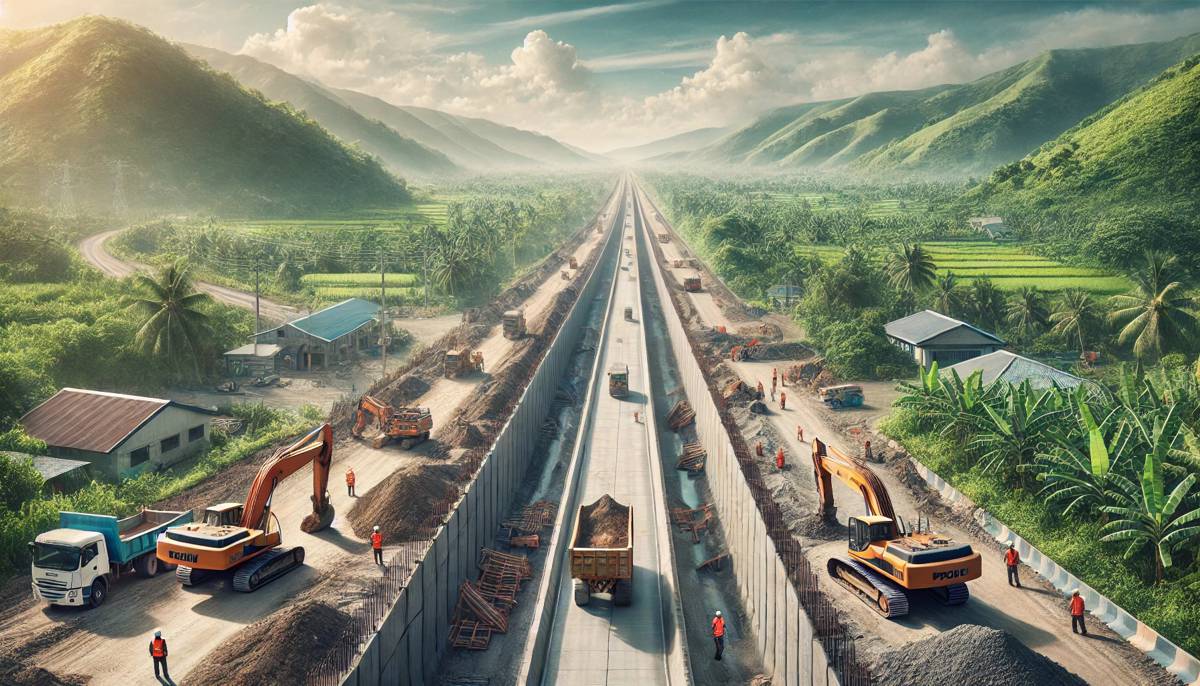Insights on the US Infrastructure Bill’s impact on the Highways Industry
2021 has been a year of widely variable business conditions, particularly for the heavy highway and civil contractor industry, which saw a mix of increased project starts and cash flow, alongside declining hiring rates and lowered contract values during the second quarter of 2021.
This data was recently demonstrated within the latest Quarterly Construction Metrics Index, which provides industry trends pulled from roughly 1,000 Trimble Viewpoint clients.
However, now that Congress has officially passed the $1.2 trillion Investment Infrastructure and Jobs Act, how will that impact heavy highway and civil contractors moving forward? A look back at data pulled from the second quarter of 2021 can give us insight into how the industry has been faring, as well as help determine what it could mean looking ahead as the bill will unleash hundreds of billions of dollars into the industry starting in 2022.
Project Starts
According to the latest metrics index, heavy highway and civil contractors had 20% more projects each month in Q2 2021 as compared to Q2 2020. This growth could be attributed to the fact that investment in existing structures and infrastructure have remained high, helped by favorable finance rates.
Looking ahead, forecasts show a steady state of backlogs to end the year, which should increase given that funding from the infrastructure bill will soon be allocated towards many segments tied directly to the heavy highway and civil industries. This includes the following initiatives:
- $110 billion towards roads, bridges and major projects, including $40 billion for immediate bridge repair and replacement
- $66 billion for passenger and freight rail
- $65 billion to rebuild the electric grid
- $65 billion to expand broadband internet access
- $55 billion for water infrastructure ($15 billion of that dedicated to replacing lead pipes)
- $50 billion to make water and power systems more resilient — protecting them from weather, natural disasters and cyber attacks
- $39 billion to modernize and expand transit systems
- $25 billion in airport infrastructure to address repairs, maintenance backlogs, reduce congestion and emissions
- $21 billion in environmental remediation and infrastructure projects
- $17 billion investment in port infrastructure and construction
- $16 billion for major infrastructure projects deemed too large or complex for traditional funding programs
- $7.5 billion to build a national network of charging infrastructure for electric vehicles
- $1 billion to reconnect communities (largely in ethnic neighbourhoods) that were divided by previous highways and other infrastructure projects
Contract Values
During the second quarter of 2021, contract values for heavy highway and civil contractors declined by 50%. Lowered contract values typically indicate that there is still uncertainty in the marketplace as both owners and contractors continue to try to mitigate risk. A reduction in high-value commercial and industrial building contracts likely had the biggest impact on overall contract values across the industry.
Passage of the infrastructure bill could impact contract values moving forward as the industry will soon be flush with funding, which will be funneled to states, cities and municipalities over a five-year period starting in 2022. However, while increased funding will be geared towards heavy highway and civil projects, changes in the cost of construction materials, supply chain issues, and extreme weather could continue to affect contract values for the foreseeable future.
Hiring Trends
Heavy highway and civil contractors saw their net hiring decline by 33% in Q2 2021 as compared to Q2 2020. This was likely caused by the continued impact of the pandemic and lower contract value project starts, along with a surplus of unfilled positions. The impact of a government investment in infrastructure had also not yet reached the heavy/civil construction market, and the highly anticipated infrastructure bill had not yet become law.
The infrastructure bill should bolster hiring for the industry since there will be many more project starts; however, hiring will be dependent upon whether the industry can successfully attract and retain skilled labour, a challenge that has only heightened over the course of the pandemic.
Cash Flow Trends
Throughout 2020, many contractors held on to cash due to the uncertain business environment. In Q2 2021, heavy highway and civil contractors remained cash positive, indicating that business uncertainty remains; however, the vertical spent 51% more cash in Q1 2021 as compared to the previous year, which is a partial bellwether for increasing confidence and backlogs in the market.
Given the now-approved infrastructure bill, cash flow will likely continue to increase as contractors are given access to new funding for projects. However, continued uncertainties in the supply chain and volatile material prices may dampen this impact.
2022 And Beyond
While it is never possible to completely predict what’s ahead, the future looks promising for heavy highway and civil contractors, as they will likely experience many positive benefits from the Investment Infrastructure and Jobs Act. That being said, there are variables that could hamper the impact of the bill — from continued supply chain bottlenecks to material price fluctuations — that remain outside of industry and the government’s control. Much remains to be seen as the industry looks ahead, but all signs point to a more positive future for the industry at large. To view the entire Q2 report, visit Trimble Viewpoint’s website.

Article by Matt Harris is Vice President and General Manager at Portland-Ore.-based Trimble Viewpoint. He is responsible for Trimble Viewpoint’s overall business, including its long range strategy and its execution while leading a global team who is passionate about making a difference with construction technology.














